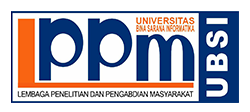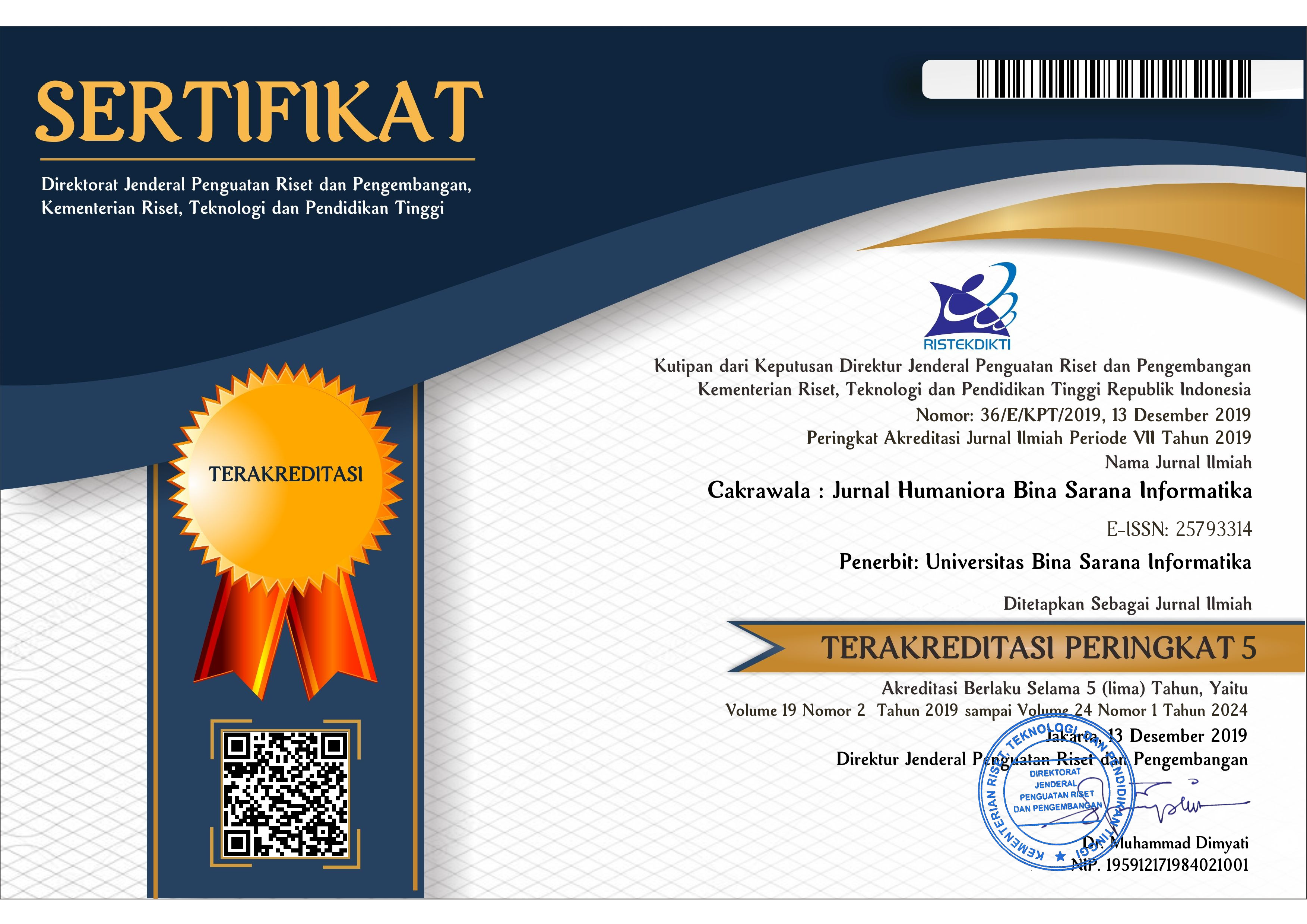Pengelolaan Talent Manajemen Human Resource Dalam Mencapai Keunggulan Kompetitif Di Era Globalisasi Pada PT. Dalim Fideta Kornesia Jakarta
Abstract
In the current era of globalization competition in the business world is increasingly competitive, so that each company is required to be able to compete by preparing competent human resources. The challenges of demographic trends and talent crises make companies must be able to deal with it by implementing an effective strategy in managing human capital. One effective human capital management strategy implemented in the challenges of demographic trends and talent crises is to implement talent management. If a company or organization manages to get better employees than pesiang, it will get an organization that will be better than other competitors. The application of Talent management will not succeed if it is not supported by the existence of a selection system, which is a system in identifying performance results that can be achieved. PT. Dalim Fideta Kornesia is a labor-intensive manufacturing company located in the Cakung Jakarta Bonded Zone with its main activity being the fake hair industry with export orientation. Difficulties in finding employees who have skills that are in line with company activities are the main obstacles facing the company. With the application of talent management that has been implemented by the company has been able to overcome these obstacles or difficulties. So that the success of achieving organizational goals in achieving productivity can always be achieved with quality products in accordance with market demand in the era of globalization. For this reason, PT. Dalim Fideta Kornesia must be able to ensure the availability of talents needed in a timely manner, in the amount and variation that is in accordance with existing demands, and to have qualifications capable of being manifested in competitive advantage parameters for the organization. The survival of the organization can be said to be very dependent on the success of this process in realizing the company's vision and mission and strategic objectives.
Full Text:
PDFReferences
REFERENSI
Berger, Lance A. & Berger, D. R. (2008). No TitleThe Handbook of Best Practice on Talent Management: Mengidentifikasi, Mengembangkan, dan Mempromosikan Orang Terbaik untuk Menciptakan Keunggulan Organisasi. Diterjemahkan oleh Kumala Insiwi Suryo. Jakarta: Permata Printing.
Bhatnagar, J. (2007). Talent management strategy of employee engagement in Indian ITES employees: Key to retention. Employee Relations, 29(6), 640–663. https://doi.org/10.1108/01425450710826122
CIPD. (2009). Annual Survey Report: Recruitment, Retention, and Turnover. London: Institute of Personnel and Development Diunduh dari www.cipd.co.uk.
Jackson, Schuler, & Werner. (2010). Pengelolaan Sumber Daya Manusia (Edisi 10). Jakarta: Salemba Empat.
Pella, D. A., & Afiffah, I. (2011). Talent Management. Jakarta: PT Gramedia Pustaka Utama.
Peter, C. (2009). Talent on Demand. Metode Baru Mendapatkan SDM Bertalenta Tepat Jumlah, Tepat Kualifikasi, dan Tepat Waktu. Diterjemahkan oleh Wndria Triana Rafelina. Jakarta: PPM.
Smilansky, J. (2007). Developing Executive Talent: Best Practices from Global Leaders. United States of America: Wiley United State. Retrieved from https://www.wiley.com/en-us/corporations
Tansley, C. (2011). What do we mean by the term “talent” in talent management? Industrial and Commercial Training, 43(5), 266–274. https://doi.org/10.1108/00197851111145853
DOI: https://doi.org/10.31294/jc.v19i1.4845
ISSN: 2579-3314












